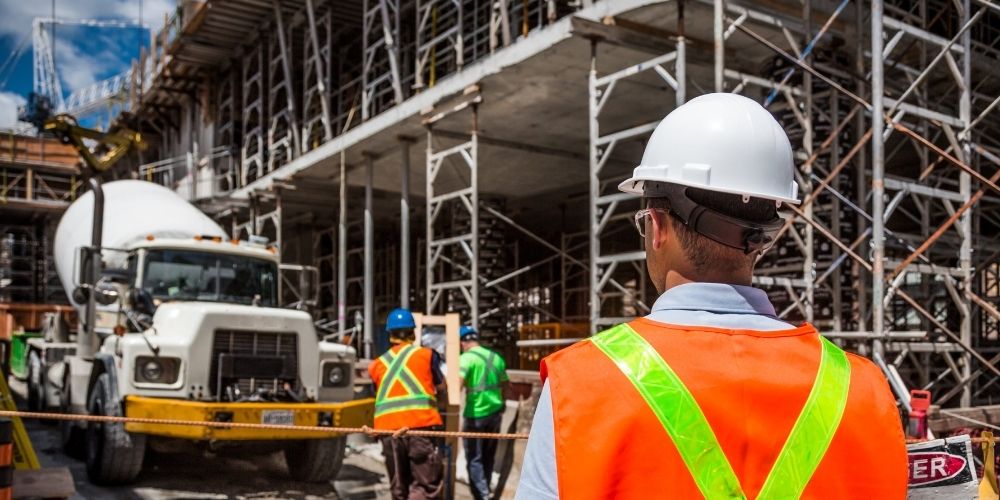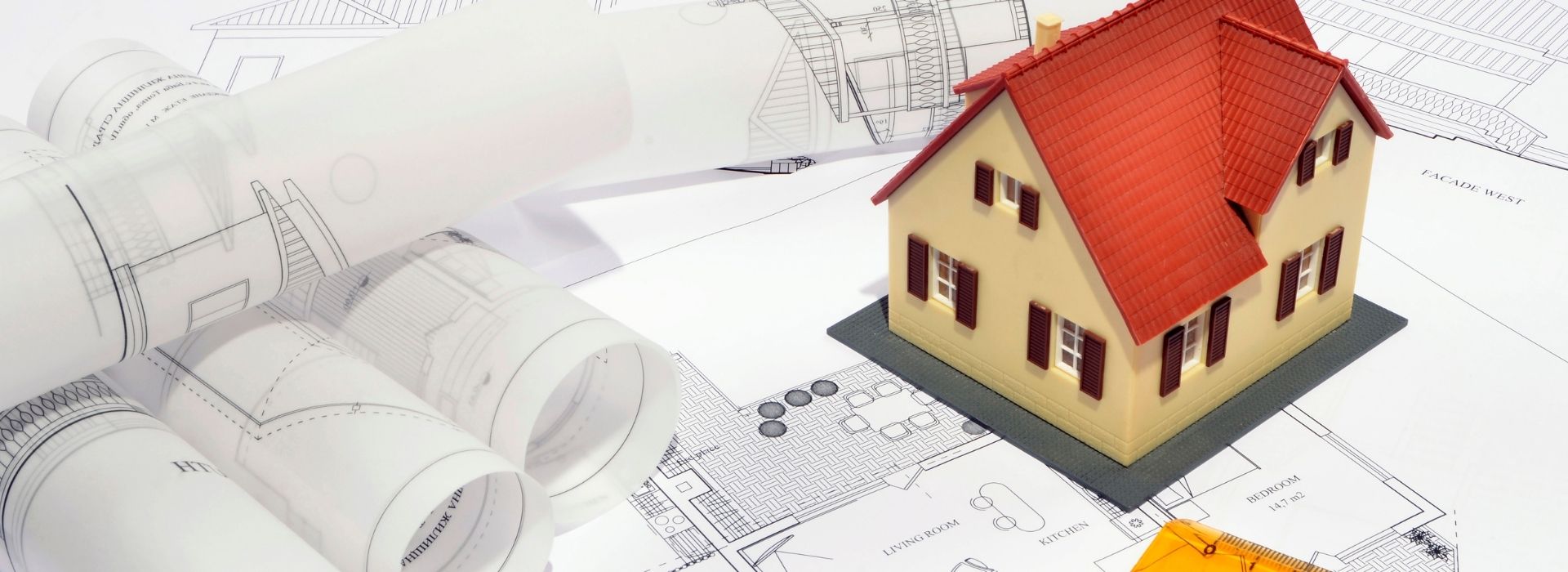Embarking on a construction project requires meticulous financial planning to prevent unforeseen budget challenges. Understanding and managing preliminaries, which encompass estimated costs for preparatory work, materials, and ongoing expenditures for the entire project, are crucial. Construction contract preliminaries cover expenses for the entire project. This article serves as a guide, addressing crucial queries about the constituents and significance of preliminaries in construction, including the vital role they play in obtaining a construction permit.
What are Preliminaries in Construction?
Preliminaries, often termed “Prelims,” are vital estimated costs included in a contractor’s tender agreement, extending beyond the final handover or schedule of works in construction projects. In the competitive landscape of construction tenders, companies present bids through a bill of quantities (BOQ), with preliminaries typically ranging between 11% and 15% of the total project cost. These costs cover site-specific expenditures related to the operation and administration of the construction site.
Owners and contractors recognize the significance of preliminaries in construction, as they impact the entire project, encompassing materials, equipment, and labor. Preliminaries may be one-time or ongoing costs, not confined to specific construction phases. They include expenses like on-site facilities, project management fees, scaffolding, and lighting.
In essence, preliminaries are essential items for a construction company or contractor to execute a project successfully, though they do not become integral parts of the final structure. Examples include site overhead, powering the site, and scaffolding. Understanding the role of preliminaries in construction is crucial for effective project management, bridging the gap between specific work sections and the comprehensive requirements of the entire construction project.
Preliminaries vs. Preambles
In the realm of construction contracts, it’s vital to differentiate between preliminaries and preambles, often confused yet distinct components in tendering contracts.
Preliminaries, as mentioned earlier, meticulously outline the comprehensive costs of a construction project, excluding elements in the final structure or schedule of works. Covering diverse expenses like site-specific requirements, labor, equipment, and materials, preliminaries in construction play a pivotal role in shaping the project’s financial landscape.
Conversely, preambles serve as explanatory elements within documents, commonly found in contracts, specifications, and bills of quantities in construction. They encapsulate essential details such as a description of involved parties, a summary of negotiations, tendering procedures, and project objectives. The specific content of a preamble varies depending on the context of the document.
In brief, while preliminaries delve into the financial intricacies of a construction project, preambles provide contextual insights within the documentation framework. Grasping this dichotomy is pivotal for stakeholders navigating construction contracts, ensuring clarity and precision in contractual engagements.
The Importance of Preliminaries in Construction

The preliminary section of a tender document is instrumental in defining the scope of a construction project. It outlines the required items, methods, and associated costs, providing clarity on pricing and project scope.
Neglecting construction preliminaries can lead to oversights in on-site facilities like toilets, offices, and power sources, incurring unexpected costs for both the contractor and the client. Properly managing preliminaries is key to project success, minimizing the risk of disputes and preventing delays due to scope changes.
Understanding and addressing the importance of preliminaries in construction ensures transparent project costs and helps overcome unforeseen challenges, contributing to the overall success of the construction endeavor.
What’s Included in Preliminaries in Construction?
Preliminaries in construction encompass crucial elements like materials, labor, and services, vital for project success. These costs, whether one-time or ongoing, cover essentials like securing permits and ensuring a stable electricity supply. In the upcoming exploration, we’ll detail common categories, shedding light on what’s included in construction preliminaries and their pivotal role in project execution.
1. Management and administrative costs
In construction, management and administrative costs, included in preliminaries, are crucial for transparency and accurate accounting. These costs cover payments to project managers and stakeholders working for the entire project, promoting clear financial understanding for both owners and contractors. Beyond physical labor, construction involves ongoing administrative tasks, such as council permits, staff payrolls, equipment hire, and utilities, making transparent cost itemization essential for effective project management. Incorporating these costs into preliminaries ensures a comprehensive and transparent approach to financial aspects throughout the construction project.
2. Planning and design costs
In construction, planning and design costs are integral preliminaries influencing the entire project, from small garden sheds to multi-story office buildings. Unassigned to a specific work section, these costs involve task allocation, schedule creation, and progress reporting. With the rise of collaborative contracts, contractors increasingly undertake design work, expanding the scope of planning and design costs across various project facets. As part of preliminaries in construction, these costs encompass refining project designs, obtaining permits, and conducting surveys, emphasizing the need for precision in estimating these essential aspects.
3. Site-based services
In the realm of construction preliminaries, site-based services play a pivotal role from project initiation to owner handover. These services encompass a spectrum of elements, including access roads, erosion control, and compliance with environmental regulations at local and national levels. Essential for efficient construction, these services also account for potential impacts on adjacent structures and neighbors, necessitating costs for damage mitigation and disturbance alleviation. Therefore, as part of preliminaries in construction, site-based services cover everything from on-site setup and preparation, including clearing, grading, and excavation, to establishing infrastructure like offices, toilets, and utilities for a successful project.
4. Mockup and testing costs
In construction preliminaries, mockup and testing costs play a vital role in ensuring project suitability and client satisfaction. Visual mockups, whether 2D drawings or 3D models are essential for design confirmation before construction. Owners often require contractors to provide mockups, which can incur costs for physical models, drawings, or 3D digital representations. Additionally, testing processes, like slump tests for concrete and moisture sampling for materials, are included in preliminaries to ensure suitability for the project. These costs are integral components, emphasizing the necessity of thorough examination before construction commences.



